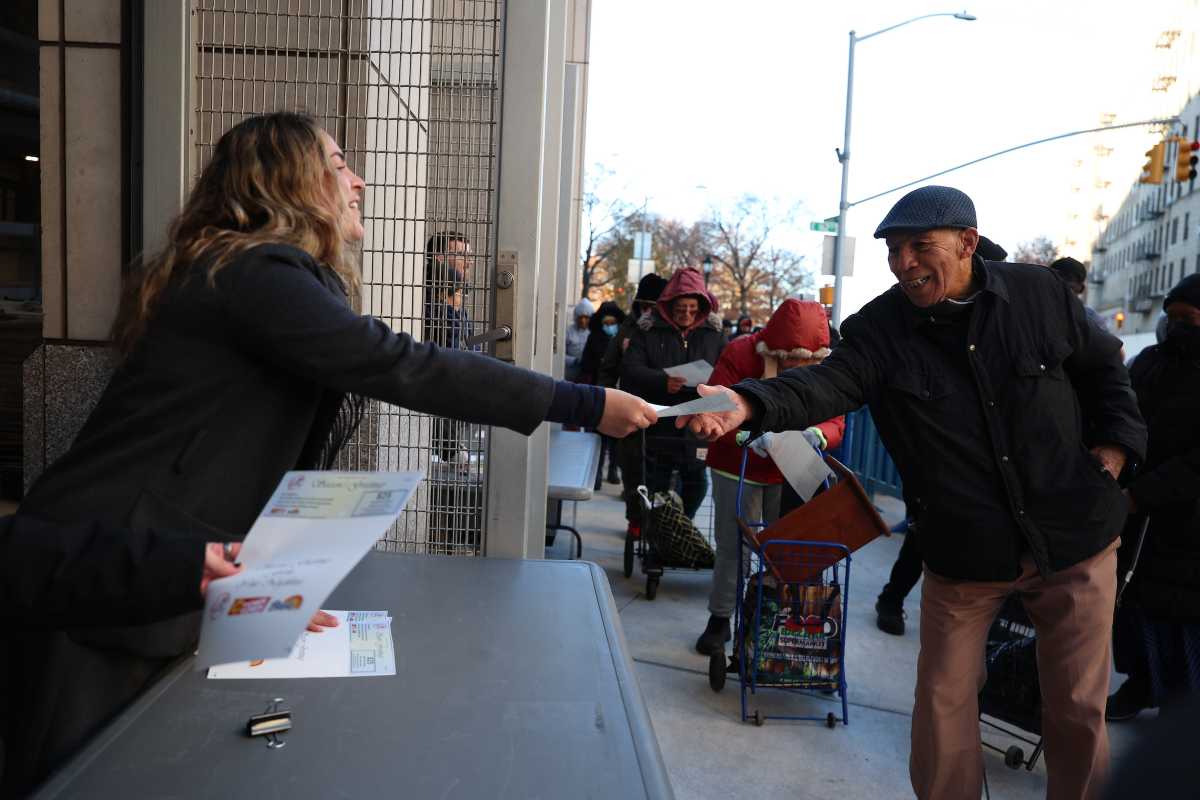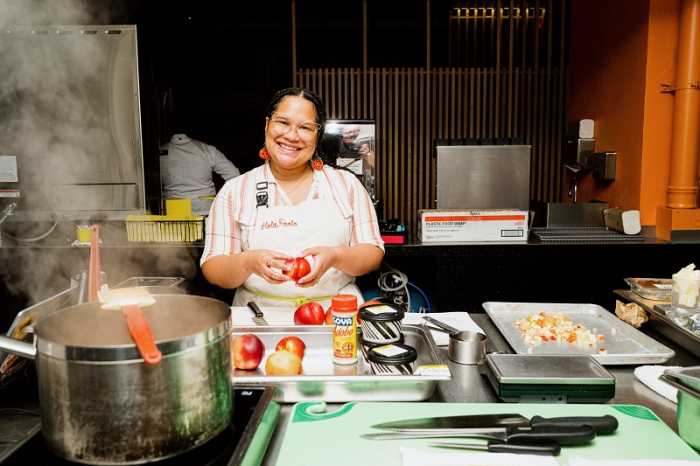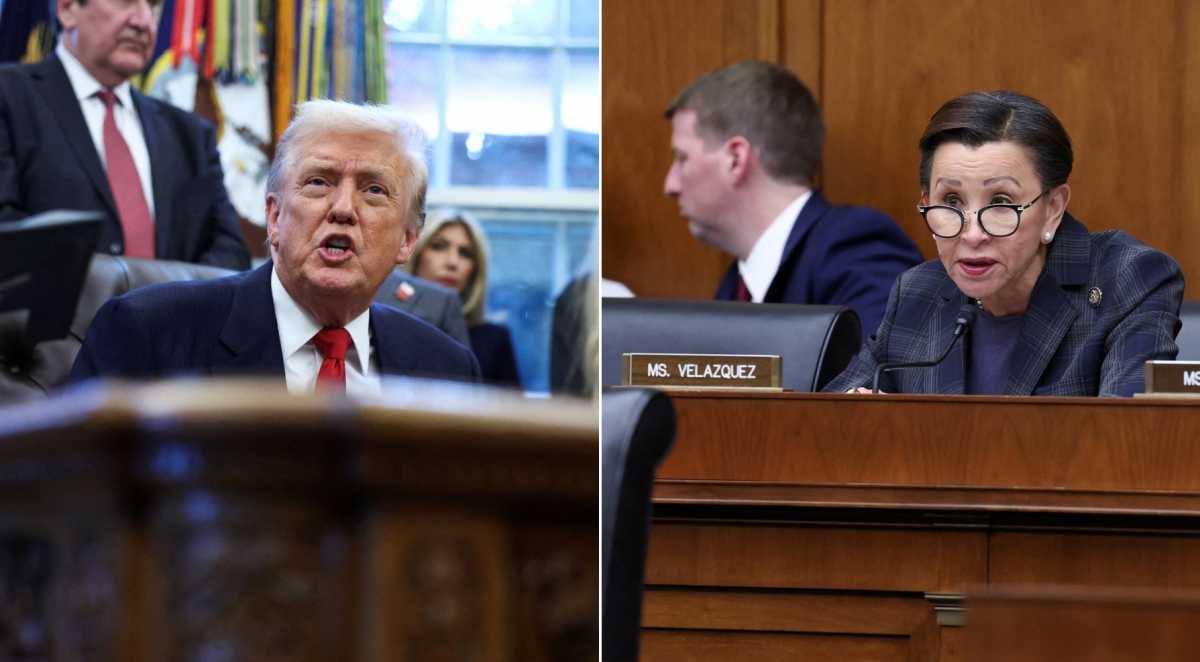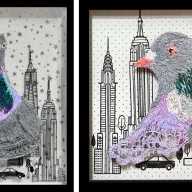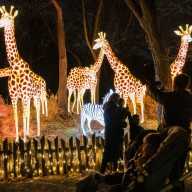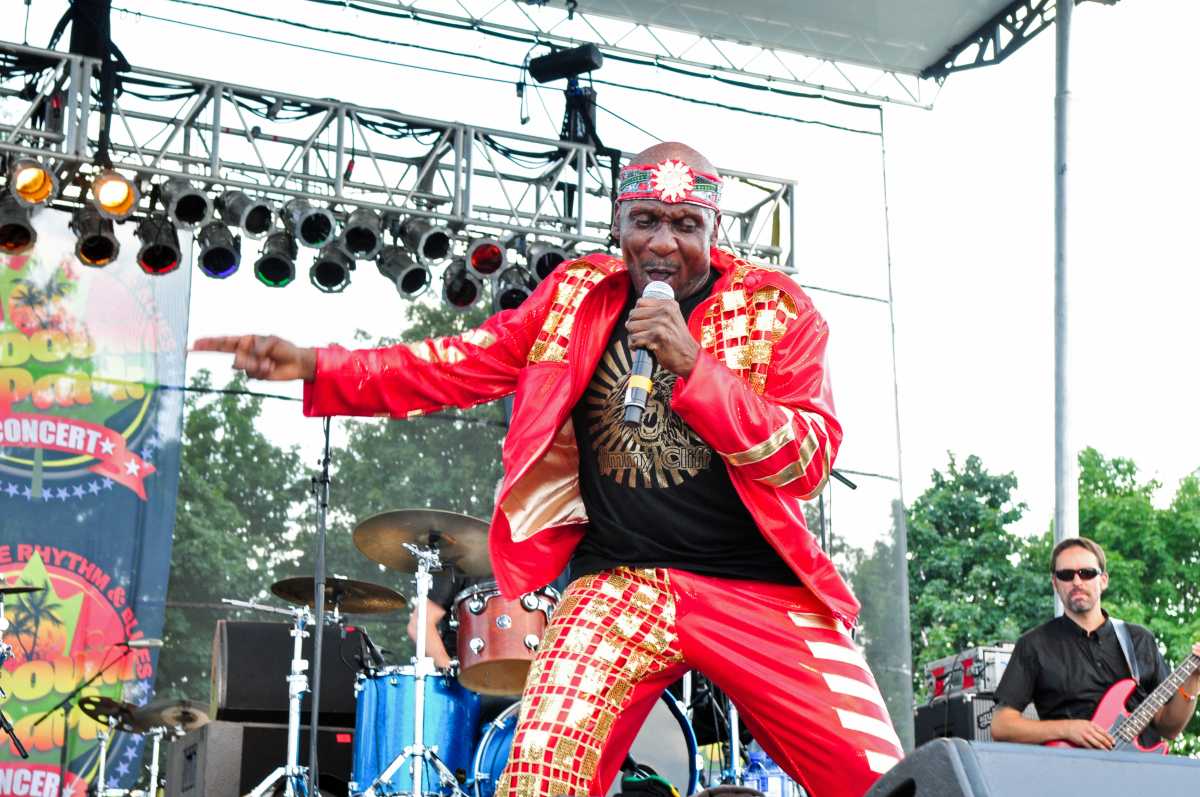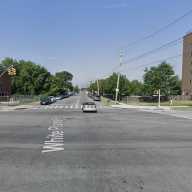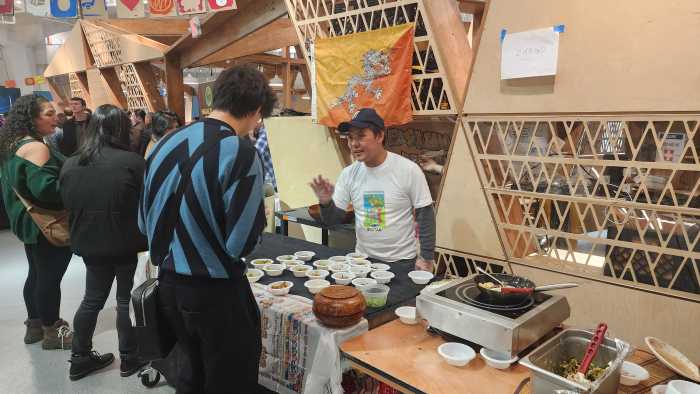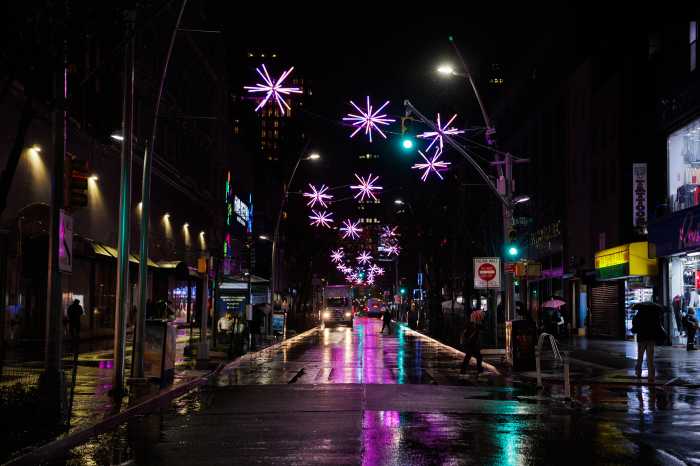BY TERESE LOEB KREUZER | On Nov. 19, it was exactly 124 years since poet Emma Lazarus died at the age of 38 in a comfortable brownstone house at 18 West 10th St. in Greenwich Village — a year after the Statue of Liberty, with which her memory is inextricably entwined, was unveiled. But Lazarus probably never saw the Statue of Liberty — certainly not up close — and her poem, “The New Colossus,” with its memorable lines, “Give me your tired, your poor, Your huddled masses yearning to breathe free,” was not attached to the statue until 1903.
The life of the poet including the Statue and in addition to it is the subject of an exhibit called “Emma Lazarus: Poet of Exiles” at the Museum of Jewish Heritage in Battery Park City. It will be at the museum through the summer of 2012.
“Most people might assume that she was an immigrant herself or that she lived on the Lower East Side, but she was a fourth generation Sephardic Jewish-American,” said Melissa Martens, Director of Collections and Exhibitions at the Museum of Jewish Heritage and project director and curator of the exhibit.
The Lazarus family was wealthy and well connected. The exhibit opens with a letter sent by Lazarus’ great-great maternal uncle, Moses Mendes Seixas to George Washington, welcoming him to the Touro Synagogue in Newport, R.I. In the letter, Seixas said, “In the new country, we give to bigotry, no sanction, to persecution, no assistance.” Washington repeated the phrase in his reply — the strongest statement he ever made about religious freedom in the United States.
Lazarus was one of seven children. Her father, Moses, a sugar merchant, must have doted on his brilliant daughter. He published her first book of poetry when she was 16. His connections gave her access to the powerful people of New York City and to its intelligentsia and artists. She attended concerts and literary salons. She wrote for respected magazines. She published books. When she was still quite young, she started corresponding with Ralph Waldo Emerson, who became her mentor and her severest critic.
And yet despite her pedigree and her family’s wealth, she was still considered exotic — a Jewess — never to be completely accepted even by those like Helena deKay Gilder, whose portrait is in the exhibit and who was ostensibly her good friend.
“She knew what it was to be an insider and an outsider at the same time,” said Martens. “She had social, financial and intellectual access, but she also knew that her Jewishness was commented upon. She was always thinking in both ways.”
This led her ultimately to reflect on the plight of Jews who were the victims of Russian pogroms in the 1880’s. “She volunteered for HIAS (the Hebrew Immigrant Aid Society) and was one of the first spokespeople for a Jewish homeland,” Martens said.
Lazarus wrote “The New Colossus” in 1883 as part of a campaign to raise money for the pedestal of the Statue of Liberty, but in the weeks that followed, she wrote another poem called “1492” that was a Jewish version of “The New Colossus.” In that poem, she wrote of Spain casting “forth with flaming sword,/The children of the prophets of the Lord,” who were “refused” by the West and by the East “abhorred.” Those whom she described in that poem would have been her ancestors.
Both “1492” and “The New Colossus” are in a volume of her favorite poems that she copied out shortly before her death. That notebook is in the exhibit.
Lazarus’ reputation and legacy were editorialized by two of her sisters, one of whom was intent on diminishing the poet’s Jewishness and the other of whom, wanted to paint her as a demure and proper Victorian woman, which she wasn’t.
“She was a very bold, unusual woman,” Martens said. “She was known for many things before she died.” With 83 objects from 27 sources, the Museum of Jewish Heritage exhibit illuminates some of them.
For more information about the exhibit and a free, downloadable walking tour of sites associated with Emma Lazarus’ life, go to www.mjhnyc.org.



